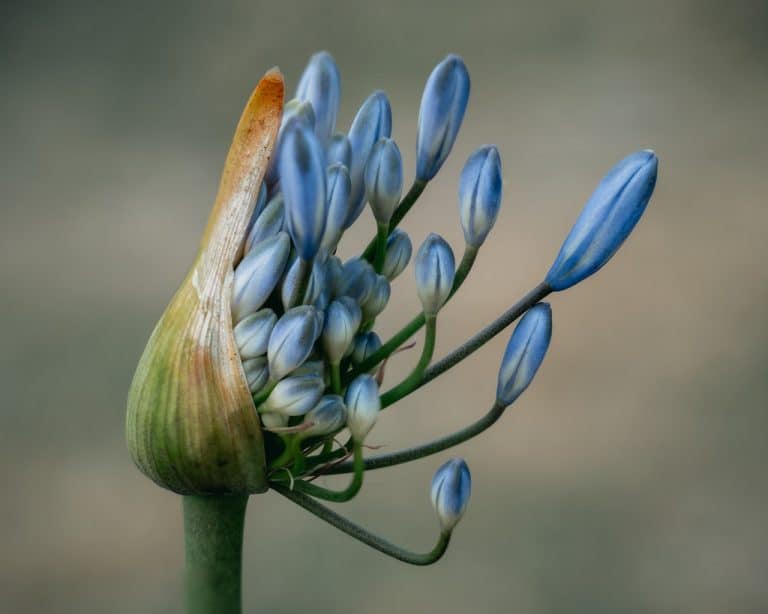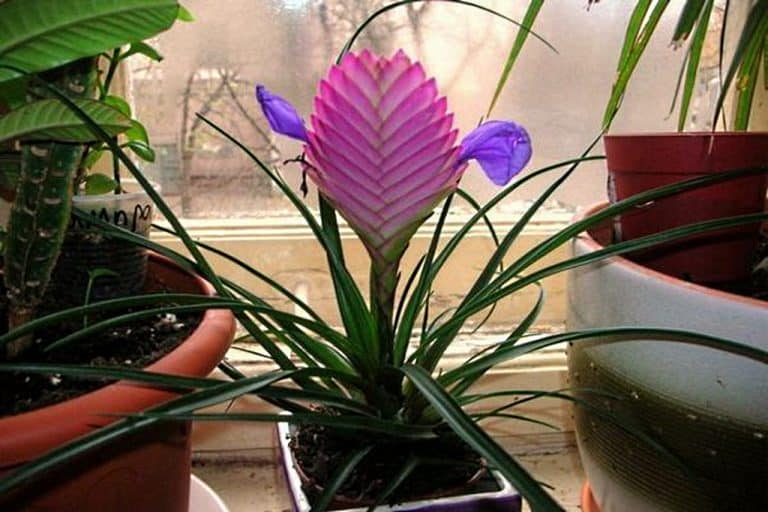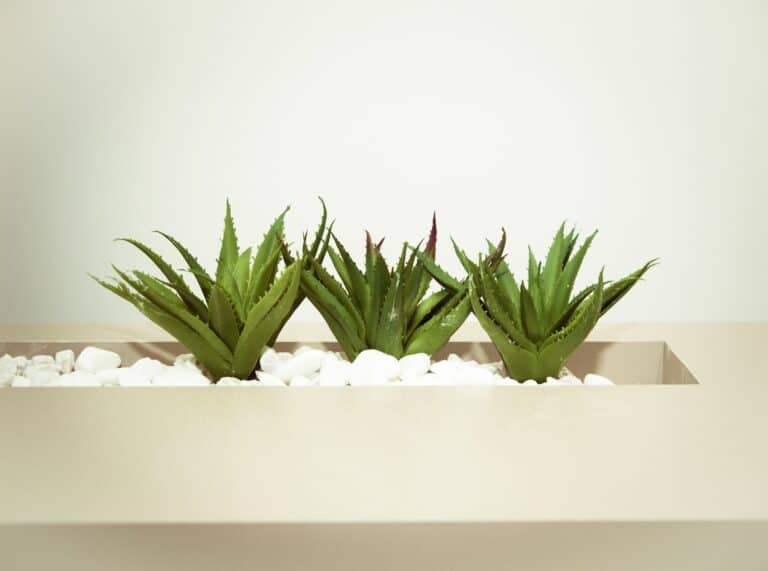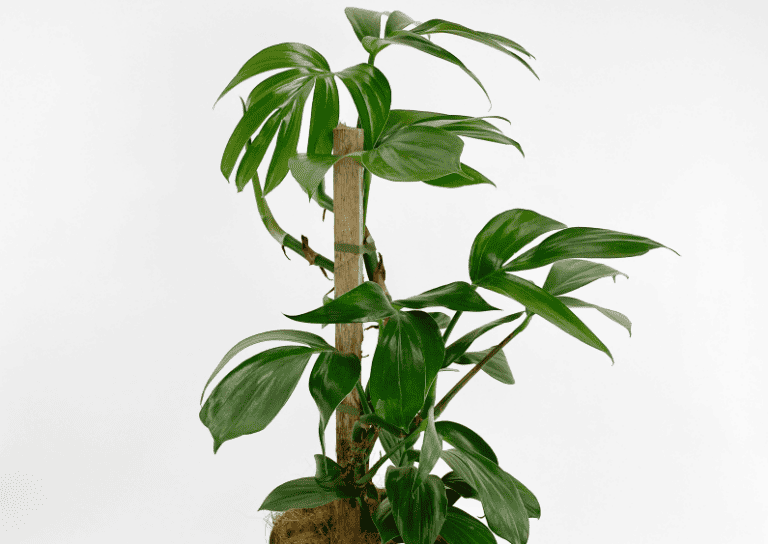Alocasia | care and maintenance
Alocasias are very special indoor plants. As much because of its appearance, its arrow-shaped leaves with interesting colors and textures and long stems, as much as because of the way of maintenance itself. One leaf sprouts, another leaf dries up, and so on in a circle.
Alocasias are tropical plants that generally grow at the foot of the rainforest, protected from direct sunlight, in rich soil and a moist environment.
This houseplant grows up to 1 m in height and has a bulbous rhizome (rootstock). It is interesting that the lower side of the leaf is purple, and the upper side can be green or plain with visible white veins.
The most famous types of alocasia are;
A. lowii, A. Alocasia, A. Amazonica and A. Sanderiana.
Alocasia – lighting
How much light do Alocasia really need? In their natural habitat, they grow at the foot of the rainforest, mostly protected from direct sunlight.
When comparing outdoor shade and indoor lighting, it is important to understand that what you would perceive outside as “darker” is not the same as a darker place in our apartments.
The external shade is actually equivalent to quite strong, but indirect lighting in room conditions.
You will often read that Alocasias are ideal for medium-lit areas. That doesn’t have to be entirely true. That’s why you should make sure that you provide your Alocasia with enough light so that you don’t take a step back in the care of this indoor plant.
Keep alocasias somewhere where they will receive strong, but indirect lighting.
The ideal is the lighting of the east and west windows, and that the plant stands as close as possible to the light source. The lighting that coming through the south-facing windows is also OK. In this case, it is only necessary to protect the plant from direct rays or move it a few meters away from the window.
The more bright indirect light your Alocasia gets, the faster it will grow and develop larger leaves.Alocasia – structure and propagation
Alocasia actually has a tuber, not a “classic” root system like some other indoor plants.
From its tuber Alocasia develops roots and after some time creates new mini tubers from which new baby Alocasia develop. This is the easiest way to propagate your Alocasia.
You can wait for the new babies to develop in the container of your mother plant and then separate them and plant them separately in another container.
On the other hand, when transplanting your Alocasia, you can find these tubers yourself, separate them and transplant them into another container.
Alocasia – watering
The amount and intensity of light, the type and size of the container, the type and amount of soil – all this will affect the watering itself. That is why it is important to look at plant maintenance as a whole, but not as individual things.
If we overdo it with water – the whole plant will soon wither. If we don’t water enough – the leaves will start to dry, first the tips, and then the whole leaf.
Alocasias like moisture and wet areas, but they don't like waterlogged soil.Generally speaking, Alocasias need to be watered when their soil is almost completely dry, but don’t let it be completely dry.
If the soil is finger-length dry, and the container in which it is planted is light – it is time to water your Alocasia.
Alocasias, regardless of their love of moisture, do not need to be watered as soon as the surface of the soil starts to dry out.
In addition, it is important that your Alocasia is planted in a breathable substrate, which will allow good airflow and faster drying of the soil.
Never keep your Alocasia in soil that takes a long time to dry out.
How often you will need to water it will depend on the unique conditions related to your space (the position where the plant is located, the type of soil it is planted in, how much the room is heated/cooled, the level of humidity in the air, the type of container, etc.).
Alocasia will be affected by the season.
With Alocasia, it is precisely important to adapt watering to the change of seasons.Alocasia goes into a dormant phase in winter. Then it is rare that it will produce new leaves, and it is possible that it will discard all the ones it currently has (although this does not necessarily happen to a plant growing in room conditions). In winter, you can also let the soil dry out completely before watering it again.
In the spring, Alocasia wakes up again and needs water to develop new leaves and create food.
During this period (until autumn), keep an eye on your Alocasia regarding watering. Precisely because they will use more water during the development of new leaves (the soil will dry out faster). If you see a new leaf developing, keep an eye on it a little more during that period.
It doesn’t have to be anything special, just check a little more often if she needs water.
Leaf cleaning
Keep the leaves clean to prevent the possible development of pests and so that the plant can absorb as much light as possible.
Pay extra attention to thrips and spider mites.
After watering, it is important to squeeze out all excess water through the drainage holes, so that the plant does not remain sitting in this excess water. This can lead to problems with the roots, and once the tuber itself begins to rot, we can no longer save the plant.
If you normally struggle with the mania of watering your plants too much, you can transplant your Alocasia into a terracotta pot. Terracotta will allow even better air flow and faster drying of the soil.
One leaf sprouts, the oldest one dries up
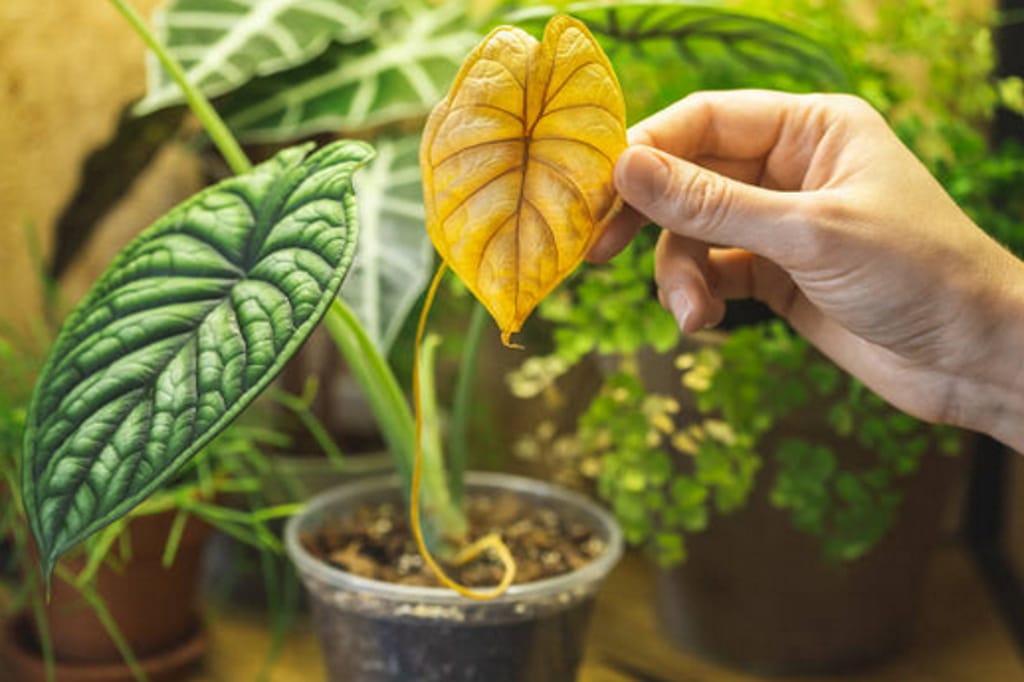
This is a very common situation and you will hardly don’t encounter it.
So your Alocasia always will have almost the same number of leaves, instead of the number increasing.
Although there can be many reasons, one of the most common is precisely the dynamics of plant adaptation when developing a new leaf.
When a plant develops a new leaf, it focuses all its energy on the development of that one leaf. Water from the soil and moisture in the air goes to that leaf first. Therefore, if the plant runs out of water during this process, the older leaves suffer. If the plant does not create enough food, again during the development of new leaves – the oldest ones suffer.
That’s why more hours of strong indirect lighting is important, that’s why well-permeable soil that won’t lead to an anaerobic state and rotting of the tubers is important, that’s why it’s important to be there when Alocasia needs to be watered, and not leave it in dry soil for days while it develops a new leaf .
Alocasia – fertilization
Alocasias need to be fertilized during the growing season – from spring to autumn. You can use a diluted universal fertilizer for indoor plants, once or twice a month.
The bigger your Alocasia is and the bigger the leaves it develops will dictate how much the plant will use the nutrients we give it in the form of fertilizer.
It is only important not to overdo it with fertilizer, because too much fertilizer can damage its roots, and thus the leaves.
When temperatures start to drop in the fall, stop fertilizing your Alocasia until next spring.
Is Alocasia poisonous to pets?
All Alocasia species are poisonous to some extent and are best kept out of reach of curious snouts.



